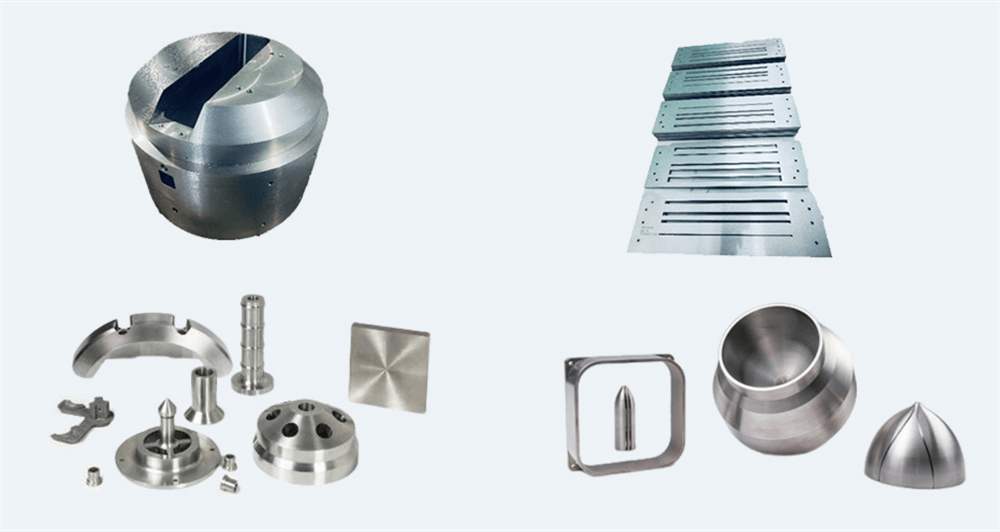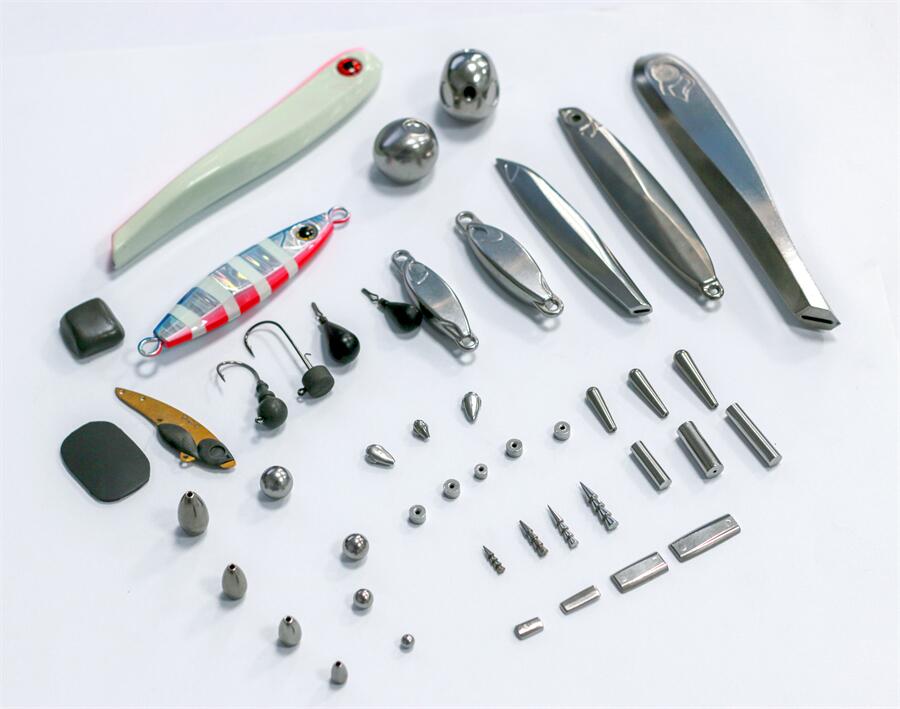
Tungsten Heavy Alloy
Tungsten based high density alloys have the ability to absorb high-energy rays, while also possessing characteristics such as low coefficient of thermal expansion, good plasticity, high strength and elastic modulus, processability, and weldability
1、Overview of Material Specifications
| Grade | Component content(wt%) | Density g·cm-3 | Magnetism | Standard level (ASTM-B-777) | |
| W | Ni、Fe/Cu | ||||
| GWF90 | 90 | margin(Ni、Fe) | 16.85-17.30 | weak | Class 1 |
| GWF93 | 93 | margin(Ni、Fe) | 17.15-17.85 | weak | Class 2 |
| GWF95 | 95 | margin(Ni、Fe) | 17.75-18.35 | weak | Class 3 |
| GWF97 | 97 | margin(Ni、Fe) | 18.25-18.85 | weak | Class 4 |
| GWC90 | 90 | margin(Ni、Fe) | 16.85-17.30 | nothing | Class 1 |
| GWC93 | 93 | margin(Ni、Fe) | 17.15-17.85 | nothing | Class 2 |
| GWC95 | 95 | margin(Ni、Fe) | 17.75-18.35 | nothing | Class 3 |

2、Overview of material properties
| Grade | Tensile strength MPa | Yield strength MPa | Elongation rate | Hardness (HRC/Max) | Minimum reference standard (ASTM-B-777) |
| GWF90 | ≥758 | ≥517 | ≥5% | 32 | Class 1 |
| GWF93 | ≥758 | ≥517 | ≥5% | 33 | Class 2 |
| GWF95 | ≥724 | ≥517 | ≥3% | 34 | Class 3 |
| GWF97 | ≥689 | ≥517 | ≥2% | 35 | Class 4 |
| GWC90 | ≥648 | ≥517 | ≥2% | 32 | Class 1 |
| GWC93 | ≥648 | ≥517 | ≥2% | 33 | Class 2 |
| GWC95 | ≥648 | ≥517 | ≥1% | 34 | Class 3 |
3、Production process

4、Advantage
Tungsten based high density alloys have many excellent properties, with a density of up to 18.8 g/cm ³, sintered tensile strength of 700-1000 MPa,
and deformed tensile strength of 1000-1700 MPa; At the same thickness, the ability to shield radiation is 1.7 times that of lead;
The thermal conductivity is 5 times that of mold steel; The coefficient of thermal expansion is 4-6 × 10-6/K, which is only 1/2-1/3 of that of iron or steel.
Tungsten based high density alloys have high density (~18.8 g/cm ³) and excellent X-ray and gamma ray shielding capabilities,
4.1. As a shielding component, it is widely used in high-end medical, industrial radiographic testing and other fields;
4.2. Widely used in important fields such as aerospace, automotive, and nuclear industry.
.jpg)
.jpg)
.jpg)